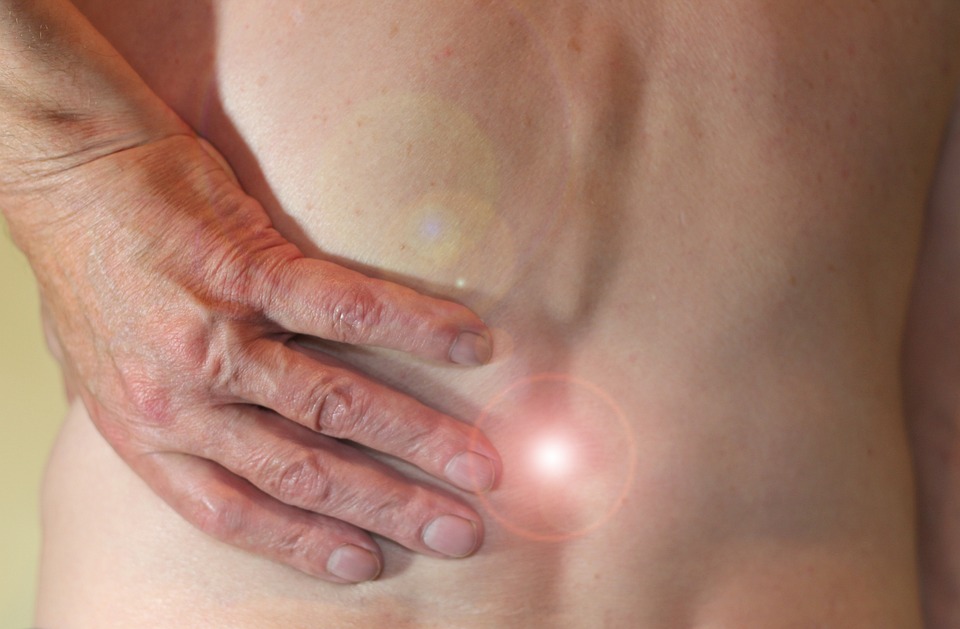Unlocking the Secrets to Strong and Healthy Joints: Proven Strategies for Optimal Joint Health
[ad_1]
Unlocking the Secrets to Strong and Healthy Joints: Proven Strategies for Optimal Joint Health
The Importance of Maintaining Strong and Healthy Joints
Our joints play a vital role in our mobility and overall quality of life. From simple tasks like walking and climbing stairs to more complex activities like exercise and sports, healthy joints are crucial to our well-being.
Unfortunately, as we age, joint problems become more common. Conditions such as arthritis, joint stiffness, and general wear and tear can affect our joints, causing pain, discomfort, and limitations in movement.
Fortunately, there are proven strategies and tips for optimal joint health that can help prevent or manage joint issues and unlock the secrets to stronger and healthier joints.
Proven Strategies for Optimal Joint Health
1. Stay Active and Exercise Regularly
Regular physical activity and exercise are essential for maintaining strong and healthy joints. Engaging in low-impact exercises such as swimming, walking, and cycling can help reduce joint pain, improve flexibility, and strengthen the muscles that support your joints.
2. Maintain a Healthy Weight
Excess weight puts unnecessary stress on your joints, leading to increased wear and tear. By maintaining a healthy weight, you can reduce the risk of joint problems and improve overall joint health.
3. Follow a Nutritious Diet
A well-balanced diet rich in anti-inflammatory foods can help reduce joint inflammation and promote joint health. Include foods such as fatty fish (e.g., salmon), nuts, fruits, vegetables, and whole grains in your daily meals to provide your joints with essential nutrients.
4. Protect Your Joints
When engaging in physical activities or sports, make sure to use proper protective gear. Wearing knee pads, wrist guards, and supportive shoes can help prevent injuries and minimize the impact on your joints.
5. Practice Good Posture
Maintaining proper posture is essential for improving and maintaining healthy joints. Whether sitting or standing, keeping your back straight and your shoulders relaxed can help distribute the load evenly across your joints, reducing strain.
6. Warm Up and Cool Down
Prior to any physical activity, it’s crucial to warm up your muscles and joints. Simple activities like stretching exercises can increase blood flow, loosen your joints, and prepare them for the upcoming activity. Afterward, cooling down with gentle stretching can help prevent stiffness and promote faster recovery.
Conclusion
Taking care of your joints is vital for maintaining an active and fulfilling life. By following the proven strategies mentioned above, you can unlock the secrets to strong and healthy joints.
Remember, it’s never too early or too late to start prioritizing joint health. With regular exercise, a nutritious diet, weight management, and proper joint protection, you can reduce the risk of joint problems and enjoy a pain-free and active lifestyle.
Frequently Asked Questions (FAQs)
1. How often should I exercise to maintain healthy joints?
Engaging in at least 150 minutes of moderate aerobic exercise or 75 minutes of vigorous aerobic exercise per week is recommended for maintaining healthy joints.
2. Can joint health supplements help improve joint function?
While supplements can provide nutrients that support joint health, it’s important to consult with a healthcare professional before starting any supplementation regimen.
3. Are there any specific foods that promote joint health?
Foods rich in omega-3 fatty acids, such as fatty fish, and antioxidants, like fruits and vegetables, are known to promote joint health. Incorporating these foods into your diet can have a positive impact on your joint health.
4. Is it normal to experience joint stiffness as I age?
Joint stiffness can be a common occurrence as we age due to natural wear and tear on the joints. However, consistent joint stiffness or severe pain should be evaluated by a healthcare professional.
5. Can physical therapy help improve joint mobility?
Physical therapy can be an effective treatment option for improving joint mobility, reducing pain, and aiding in the recovery process. A trained physical therapist can develop a personalized plan to target your specific joint concerns.
[ad_2]

